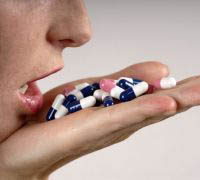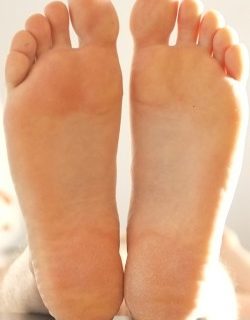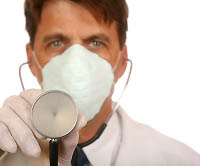Diseases can be called different reasons, including a doctor's actions. For such states, yathedral diseases or iatrogenia was introduced for such states. They are different and are not always due to medical error. Read more about iatrogenies in the article.
Content
Doctors among the first understood the danger of their professional activities for the life and health of people. Already in IV in. to N. NS. The hypocratic oath contained a doctor's promise: «... I will protect patients from all harmful and unsuitable for them». About 2 thousand. About years ago, it became the principle of treatment: «Primum NOn Nosree» (First not harm), «Nihil Nosree» (In no way harm) what was perceived as the first commandment of the doctor. In the subsequent disease associated with the provision of medical care, began to be called iatrogenia - diseases having a physical origin.
Today there are a lot of different definitions of iatrogenation, but the most fully all the diversity of iatrogenia reflects the following: atrgenation - these are all diseases and injuries that arise in patients and medical workers as a result of providing any kind of medical care.
Depending on the cause, the following types of iatrogenia are distinguished:
- Psychogenic,
- Medicinal,
- Traumatic,
- infectious,
- Mixed.
Psychogenic iatrogenies are manifested in the form of various psyche disorders: neuroses, psychosis, neurosis, hysteries, phobias, depression, feelings of anxiety, depression. They are caused careless and incorrectly understood statements of a medical worker about the patient's health status, familiarization with their own history of the disease and special medical literature, listening to public lectures, especially on television. They are called back «Diseases of the Word». This group of iatrogenies also develops in cases of ineffective treatment, distrust of the doctor, fear of diagnostic methods, treatment, cutting lifestyle change.
 Medicinal iatrogenia - these are disorders caused by the action of drugs, including allergies on them. Several groups of such disorders are distinguished:
Medicinal iatrogenia - these are disorders caused by the action of drugs, including allergies on them. Several groups of such disorders are distinguished:
- side effects of drugs;
- medicinal poisoning with drug abuse;
- Dosage allergies;
- non-allergic drug intolerance;
- drug addiction;
- Medicinal psychosis;
- complications of the disease caused by the incompatibility of simultaneously administered drugs;
- Postgravesting reactions and complications.
Among the named groups of medicinal yatrogenies are leading the first three. Of these, the most insidious is allergic, because in this case the introduction of the drug can instantly lead to a quinque enemy, shock and t.NS.
So called problems caused by the action of medical instruments and instruments. In this group, surgical (with surgical operations), manipulating (with injections and t.NS.) and random medical injuries, as well as burns. Especially serious and numerous consequences and complications of surgical and manipulation injuries and burns. It is also possible to include the effects of excessive interference, interference without indications (so-called surgical aggression) and, on the contrary, leaving the patient without medical care and care.
Infectious non-yatrogenation call yet yatrogenic infections. These include all cases of infectious diseases, infection which occurred in the process of providing any kind of medical care. They are more likely (more gentle for conscience and honor of the doctor) are called in-hospital (hospital) infections, which does not fully reflect the essence of the phenomenon, since these diseases also arise when providing medical care in clinics and at home, secondly, they do not include diseases, Infection which occurred outside the hospital.
Yatrogenic infections arose simultaneously with the opening of the first hospitals. As stationary assistance expands, the number of non-herogenous infections increased, and in the XVII-XIX centuries. They acquired a massive character. By the end of the XIX in. When the causes of infectious diseases were opened, they began to use various disinfectants and antibiotics, but it still can't fully cope with non-yatrogen infections.









